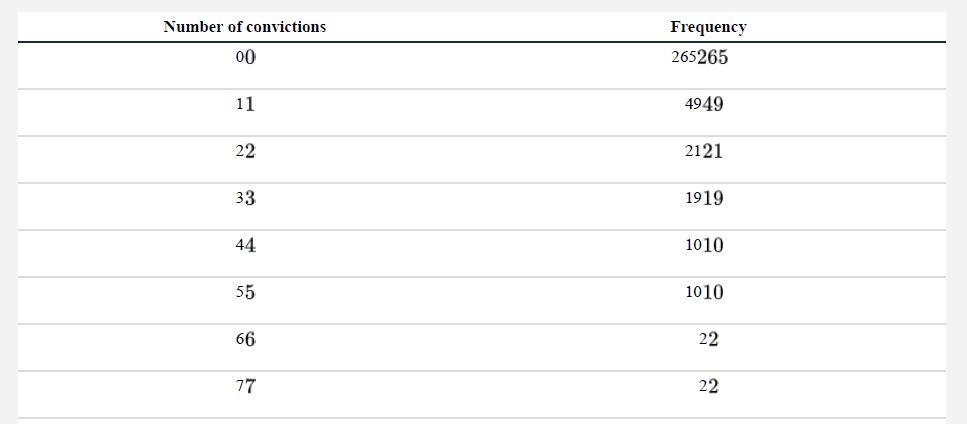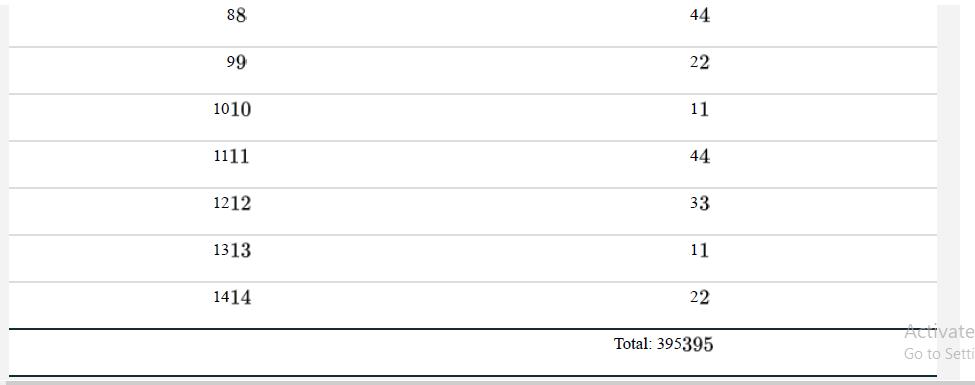The Cambridge Study in Delinquent Development was undertaken in north London (U.K.) to investigate the links between
Question:
The Cambridge Study in Delinquent Development was undertaken in north London (U.K.) to investigate the links between criminal behavior in young men and the socioeconomic factors of their upbringing (Farrington 1994). A cohort of 395 boys was followed for about 20 years, starting at the age of 8 or 9. All of the boys attended six schools located near the research office. The following table shows the total number of criminal convictions by the boys between the start and end of the study. The data are available at whitlockschluter3e.zoology.ubc.ca.


a. What type of table is this?
b. How many variables are presented in this table?
c. How many boys had exactly two convictions by the end of the study?
d. What fraction of the boys had no convictions?
e. Display the frequency distribution in a graph. Which type of graph is most appropriate? Why?
f. Describe the shape of the frequency distribution. Is it skewed or is it symmetric? Is it unimodal or bimodal? Where is the mode in number of criminal convictions? Are there outliers in the number of convictions?
g. Does the sample of boys used in this study represent a random sample of British boys? Why or why not?
Step by Step Answer:

The Analysis Of Biological Data
ISBN: 9781319226237
3rd Edition
Authors: Michael C. Whitlock, Dolph Schluter





